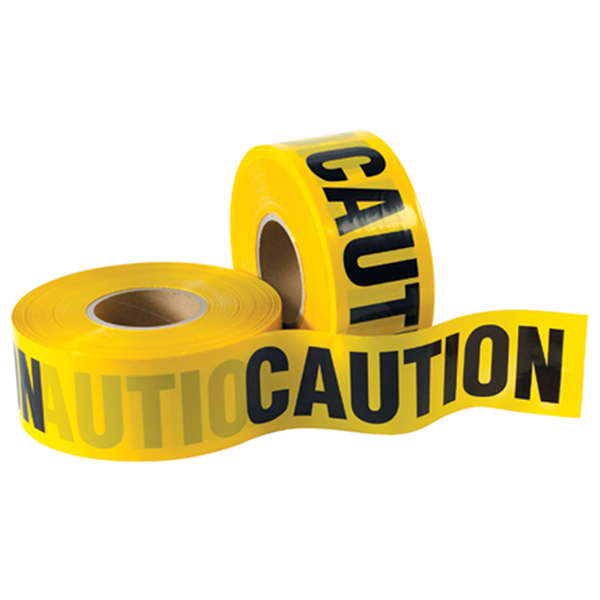Warning tape is a common sight in many workplaces and public areas, serving as a visual indicator of potential hazards or restricted areas. The colors of warning tape are not just for aesthetic purposes; they convey important messages to ensure safety and awareness. Understanding the meaning behind the different colors of warning tape is crucial for both workers and the general public.
Yellow warning tape is often used to indicate caution and serves as a general warning. It is commonly seen in areas where there may be a potential risk, such as construction sites, maintenance areas, or areas with slippery floors. The bright yellow color is easily noticeable and alerts people to proceed with caution and be aware of their surroundings.
Red warning tape is a strong indicator of danger and is used to mark off hazardous areas. It is commonly used in situations where there is a high risk of injury or where access is strictly prohibited. For example, red warning tape may be used to cordon off electrical hazards, fire exits, or areas with heavy machinery. The bold red color serves as a clear warning to stay away and not to enter the marked-off area.


Green warning tape is commonly used to indicate safety and first aid-related areas. It is often used to mark off first aid stations, emergency exits, or safety equipment locations. The green color serves as a reassuring signal, indicating that help and safety resources are nearby. In some cases, green warning tape may also be used to mark off safe evacuation routes during emergencies.


Blue warning tape is often used to mark off areas that are undergoing maintenance or repair work. It indicates that a particular area is temporarily out of service or under construction. This helps to prevent accidents and ensures that people are aware of potential hazards associated with ongoing maintenance activities. Blue warning tape is also used to mark off areas where specific safety protocols need to be followed, such as areas with exposed wiring or equipment.
Black and white warning tape is used to create visual barriers and to mark off areas for specific purposes. The contrasting colors make it easily visible and are often used to create boundaries or to indicate specific instructions. For example, black and white warning tape may be used to mark off areas for storage, traffic flow, or to indicate specific instructions for handling hazardous materials.
Understanding the meaning of different warning tape colors is essential for maintaining a safe and organized environment. Whether in a workplace or a public setting, being aware of the messages conveyed by warning tape colors can help prevent accidents and ensure the well-being of everyone in the vicinity. By paying attention to these visual cues, individuals can contribute to creating a safer and more secure environment for all.
Post time: Aug-30-2024




